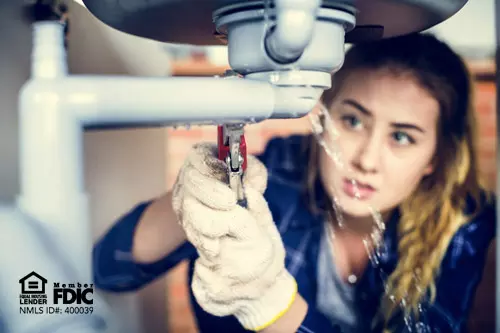The Boy Scouts motto is “Be Prepared”. That's pretty good advice when you’re a first-time house buyer. This is part three of a series of blogs to help guide you through home-buying. In the last blog, we examined the expectations of buying a house. For this one, let’s look at the steps you should take to be prepared to purchase a home.
Step 1: Do your research
It’s essential to understand what lenders like to see in mortgage applicants: low debt balances, a history of on-time payments, a mix of credit use like a car loan & a couple of revolving accounts (credit cards), and length of credit history. Before applying for a loan, make sure you look attractive to lenders by:
- Checking your credit report. Scrub it for any mistakes, unpaid accounts, or collections.
- You are looking at your credit utilization ratio (how much credit you’re using to your available credit limit). The higher your rate, the lower your credit score. Ideally, you want to keep it around 30%.
- You know your cash flow. As a first-time home buyer, you should understand your spending habits, including what comes in and goes out.
- Documenting! Typically, mortgage lenders want to see two recent pay stubs, your past two years’ W-2s and tax returns, and the past two months' bank statements—every page, even the blank ones.
Step 2: Create a plan
If you are low on money for a down payment, you’ll want to create a plan for securing enough for one. Here are some options to consider:
- Tax laws allow you to use up to $10,000 in IRA funds for a down payment if you’ve never owned a home. If you are married and both are first-time home buyers, you can each pull from your retirement accounts.*
- You can get a piggyback loan, which allows a borrower to take out two loans simultaneously, one for 80% of the home’s value and the other for an additional percentage. The borrower contributes the remaining percentage of the home’s value with their funds.
- Many loan options require less than 20% down payment, and some require no down payment at all. An FHA loan allows a down payment of 3.5% in all U.S. markets, and HomeReady™ loans through Fannie Mae require only a 3% down payment.
Look for more blogs from NASB to help guide you through your first home purchase.
*This is not intended to and does not constitute legal or financial / investment/tax advice. North American Savings Bank does not make any guarantee or other promise as to the results obtained. The consumer should consult a tax adviser for further information regarding the deductibility of interest and charges.




